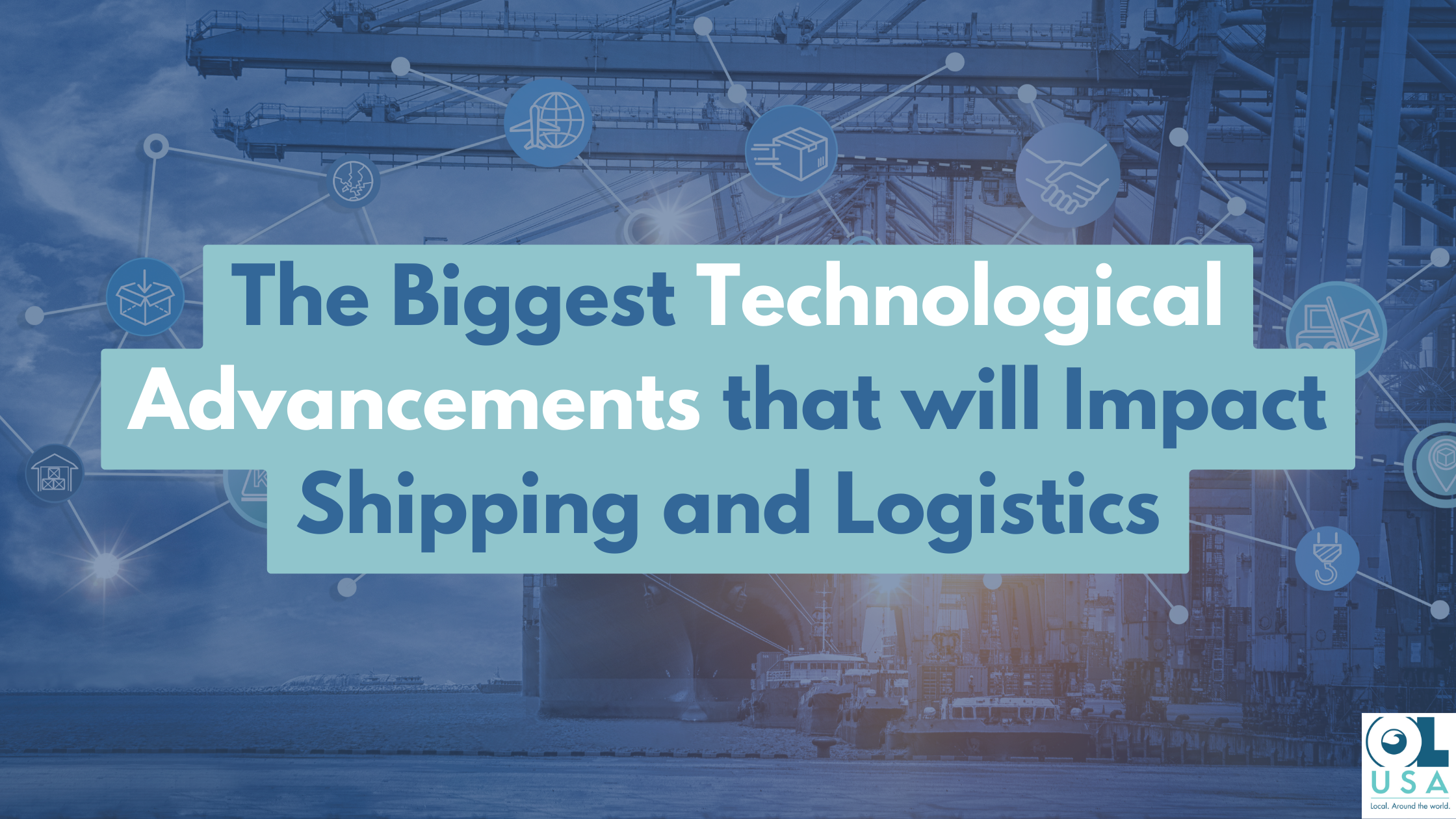Shipping and logistics are caught between the old and new industrial complex – but with several high-profile, high-tech capabilities, solutions, and implementations beginning to roll out en masse, 2023 is shaping up to be a major industry turning point.
This accelerated transformation comes on the heels of heightened global growth, touching every corner of the business. On the heels of pandemic-powered demand as consumers overwhelmingly shifted to e-commerce. This year alone, the industry is tracking to a 7.9% compound annual growth rate (CAGR), anticipated to be up $1.15 billion year over year – and that meteoric growth is showing no signs of slowing down.
While the financial gains are positive, they come at a cost. The boom in e-commerce has changed supply chain expectations from end to end, pushing those in the “last mile” to do more in less time with less friction, ensuring a better overall customer experience. It’s a tall order, especially in an industry deeply impacted by the labor shortage.
At the same time, these gaps and heightened expectations are inspiring new, cutting-edge solutions to ensure the industry can continue scaling – and many of those solutions are already being tested by some of shipping’s biggest players. The trickle-down to mainstream is inevitable, especially given sustainability regulations and other policies impacting the global and domestic supply chain. And that’s putting all eyes on what’s new, what’s next, and what we can expect in 2023 and beyond – starting here:
#1. A shift to (meaningful) sustainability
It’s impossible to look ahead without considering the impact of sustainability regulations on the logistics industry. California’s latest regulation mandates that, by 2045, all heavy- and medium-duty trucks should be zero-emission. From a green perspective, it’s a significant move – approximately 20% of global CO2 emissions come from transport and nearly one-third of that from cargo freight.
While still decades away, PepsiCo recently dove into decarbonization – and the impact on the entire industry could be significant. The global food and beverage manufacturer and distributor recently integrated its first patch of Tesla Semis. Designed to support heavy-cargo vehicles over long distances, these electric vehicles can charge 70% of its range – about 350 miles – in 30 minutes.
Supporting this fleet will be a national network of 1MW semi superchargers and solar-powered mega charger locations. PepsiCo’s latest electric semis can haul up to 81,000 pounds of cargo for 500 miles. In addition, Tesla’s semis offer a host of efficiency-focused smart features, including Autopilot for more comfortable driving, several sensors, cameras for safer, easier reversing, and low-speed driving, and an interactive Tesla touchscreen.
This initial test drive will be telling – for both PepsiCo and the entire hauling industry. At roll-out, the Tesla Semis will service two facilities only, Modesto and Sacramento. And while the 500-mile range is impressive, it’s still half that of a diesel truck, which can travel more than 1,000 miles on one refuel. To maximize distance per charge, electric semis would require more batteries, which would likely impact fuel efficiency.
#2. Self-driving semis
Self-driving vehicles have been buzzed-about for the last decade-plus, with Google kicking off its autonomous car initiative in 2009. But tackling autonomous long-haul trucks is a much bigger challenge.
At the same time, it’s a challenge that industry leaders and innovators are already getting behind. The U.S. Department of Transportation recently invested $100 million in autonomous car research. At the same time, the American Trucking Association sees autonomous vehicles as a potential large-scale solution to overcome the mass driver shortage. Currently, the industry is short about 78,000 drivers. By 2030, that number could be as high as 160,000 for the long-haul sector alone.
Self-driving trucks could also help overcome human error, responsible for thousands of deaths annually while promoting greater efficiency – robot drivers don’t need breaks – and, with it, shorter delivery windows: an autonomous New York to Los Angeles haul could take as little as 48 hours, versus five days when led by a human driver.
While the technology has already been tested and adopted by several companies, including Uber Eats and Domino’s, the focus has predominantly been on short-distance deliveries. Likewise, Tesla has been testing self-driving semis since 2018, with long-haul options, according to Founder Elon Musk, coming soon. Also being explored: self-caravaning trucks, offering better driving and fuel efficiency, but with a human driver available to take over when needed.
Regardless of the format, self-driving technology is rapidly evolving, with an eye on becoming more and more mainstream fast. By 2027, the semi- and fully-autonomous truck market is expected to reach $88 billion.
#3. Automating every step of the journey
The recently added pressure on the global supply chain has pushed industry leaders to think big, leading to rapid advances in AI, IoT, machine learning, and data analytics.
Some organizations are already diving in, using AI to identify damaged cargo or to load and unload containers. Similarly, logistics leaders are starting to integrate machine learning technology to eliminate tedious but mission-critical tasks from their day-to-day operations. Demand forecasting models or demand sensing can be built to continuously learn and make relevant real-time decisions. This same approach can be used for inventory and warehouse management and even logistics management – tracking cargo locations from label creation through delivery – and fraud prevention, assessing large volumes of data, and looking for duplicate vendors or charges.
#4. Integrating big data analytics
Jumping off of the increased AI and machine learning capabilities, data and analytics will undoubtedly have a significant role in strategic planning and real-time rationalization industry-wide. By integrating smart vehicle technology and optimizing existing access and insights, logistics companies can streamline routes, better estimate delivery times, and spot potential hurdles, be it questionable infrastructure or unexpected slow-downs.
The good news: in most cases, companies already have access to meaningful data and analytics – it’s more about navigating the numbers to maximize value. Tap your fleet management and maintenance teams, HR, finance, and even the vehicles themselves and see what insights can be culled. With this multi-faceted view, it’s often easier to identify areas for system improvement.
This insights push will likely be supported by 5G network infrastructure and the mainstreaming of IoT devices. Together, this will promote more energy-efficient, cost-effective systems with end-to-end, cross-platform connectivity enhanced by IoT services.
With the rapid industry growth and acceleration, these high-tech solutions and capabilities have become increasingly critical to supporting scale, efficiency, and overall consumer experiences. By integrating more sustainable and, potentially, autonomous vehicles as well as deeper, actionable insights, shipping and logistics companies can elevate and accelerate their workflows and processes and better prepare to meet continuously-mounting expectations.



